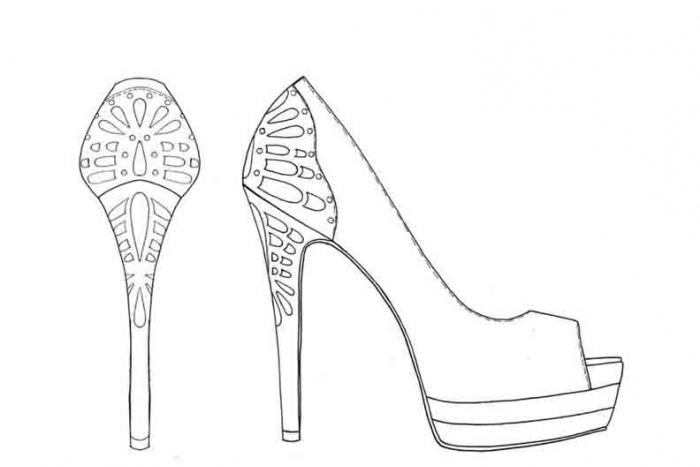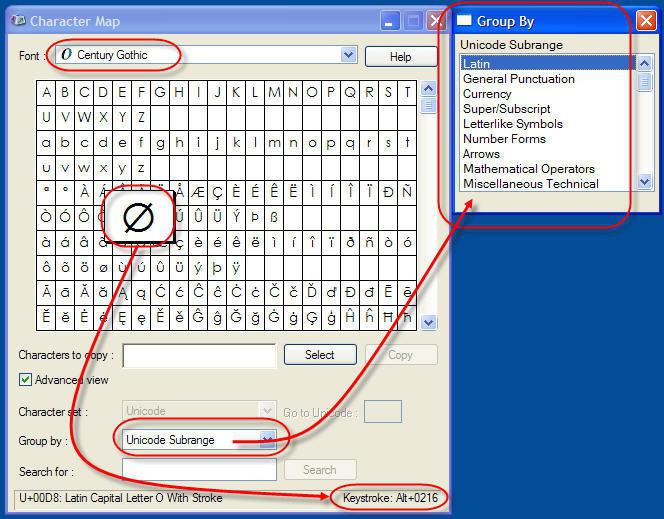What are the scale of the drawings?

Why is it necessary?
As mentioned earlier, real objects canhave both significant enough sizes, and very small. However, a person can not sketch everything in full size, since a blanket of colossal dimensions would be required on a sheet of paper for the layout of the building, and, in turn, a high degree of detail would be required to recreate small elements (as, for example, in the clockwork mechanism). As a result, the person has adapted to represent the necessary objects, which have been reduced (or enlarged) for a certain number of times for ease of perception and the so-called "readability" of the figure. Currently, there are certain standards, for example, GOST "Scale of drawings", which describe all the requirements for the appearance and filling of the relevant images.

Large objects
As mentioned earlier, to display buildingsand other large-sized items, it is necessary to use the scale of the so-called reduction drawings. They are standardized, which means that an arbitrary sample will not work. The most common values are: 1: 2; 2.5; 4; 5; 10; 15; 20; 25; 40; 50; 75; 100; 200; 400; 500; 800; 1000. Consider what a record of this kind means. So, the real (in other words, the natural) dimension of an object is expressed in the form of an inscription 1: 1. Therefore, when the scale of the drawings is reduced, the initial size (1) is first described, and then the number that shows how many times the drawing is reduced in relation to to the actual dimensions. In construction, in addition to the above standard records, pointers 1: 2000 can also be used; 5000; 10,000; 20,000; 25,000; 50,000.
Small parts

In the event that the figure is necessaryto represent small objects, the scale of the increase drawings has traditionally been used. In this case, there is not such a wide variety of values, but the standard specifies the most frequently used values. So, the sample line looks like this: 2; 2.5; 4; 5; 10; 20; 40; 50; 100: 1. The decoding of similar inscriptions reads like this: first the number indicating how many times the image in the drawing is increased in comparison with the original object. The second digit after the colon displays the real (it is a natural or real) size of the object under consideration (it is assumed to be 1).
Conclusion
In this article, the scaledrawings and their standard series. It should also be noted that on the plans, projects and images themselves, the scale value is indicated in a specially designated column in a frame, otherwise known as a stamp.








